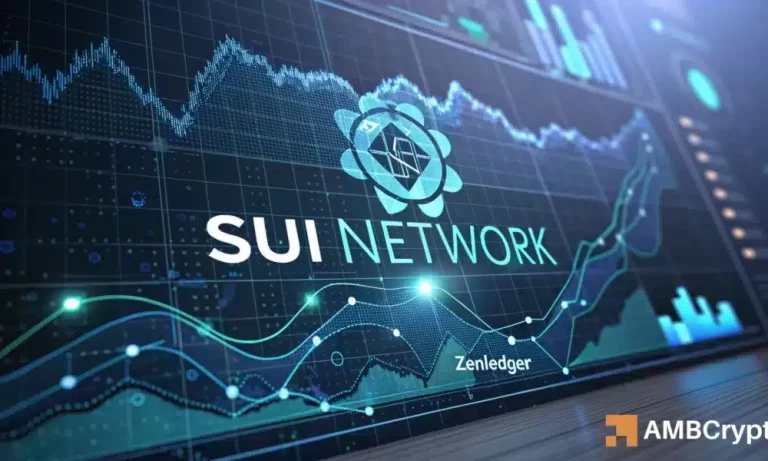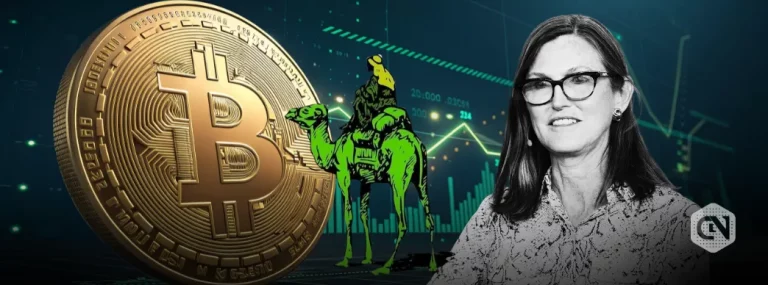
Navigating the Future: Emerging Trends in Fintech Technology
Focus Keyword: Fintech

Fintech, or financial technology, has been rapidly evolving over the past few years, transforming the way we think about money, banking, and financial services. As we navigate the future, it’s essential to stay ahead of the curve and understand the emerging trends in fintech technology. In this article, we’ll explore the latest developments and innovations in the fintech industry and how they are shaping the future of finance.
Section 1: Introduction to Fintech

Fintech refers to the intersection of finance and technology, using software and digital platforms to provide financial services. The term fintech was first coined in the 1990s, but it wasn’t until the 2008 financial crisis that the industry began to gain momentum. Today, fintech is a global phenomenon, with companies like PayPal, Stripe, and Square leading the charge.
Section 2: Emerging Trends in Fintech

So, what are the emerging trends in fintech technology? Some of the most significant developments include:
- Blockchain and Cryptocurrency: The use of blockchain technology and cryptocurrency is becoming increasingly popular in the fintech industry. Companies like Bitcoin and Ethereum are leading the charge, with many others following suit.
- Artificial Intelligence (AI) and Machine Learning (ML): AI and ML are being used to improve customer service, detect fraud, and provide personalized financial recommendations.
- Mobile Payments: Mobile payments are becoming increasingly popular, with companies like Apple Pay, Google Pay, and Samsung Pay leading the charge.
- Robo-Advisors: Robo-advisors are digital platforms that provide automated financial advice and investment management services.
- Peer-to-Peer Lending: Peer-to-peer lending platforms are connecting borrowers with investors, providing an alternative to traditional banking.
Section 3: Future of Fintech

So, what does the future hold for fintech? As technology continues to evolve, we can expect to see even more innovative solutions and services. Some potential future developments include:
- Increased Use of Biometrics: Biometric authentication, such as facial recognition and fingerprint scanning, is becoming increasingly popular in the fintech industry.
- More Emphasis on Security: As fintech continues to grow, security will become an even greater concern. Companies will need to prioritize security measures to protect customer data.
- Greater Adoption of Cloud Computing: Cloud computing is becoming increasingly popular in the fintech industry, providing greater flexibility and scalability.
- More Focus on Financial Inclusion: Fintech has the potential to provide financial services to underserved populations, promoting financial inclusion and reducing poverty.
Section 4: Conclusion

In conclusion, the future of fintech is exciting and rapidly evolving. As technology continues to advance, we can expect to see even more innovative solutions and services. Whether you’re a consumer, business, or investor, it’s essential to stay ahead of the curve and understand the emerging trends in fintech technology.
Section 5: Final Thoughts

As we navigate the future of fintech, it’s essential to consider the potential risks and challenges. Cybersecurity, regulatory compliance, and customer adoption are just a few of the issues that companies will need to address. However, with the right strategies and technologies in place, the potential benefits of fintech are vast. Whether you’re a startup or an established player, the future of fintech is full of opportunities for growth and innovation.





